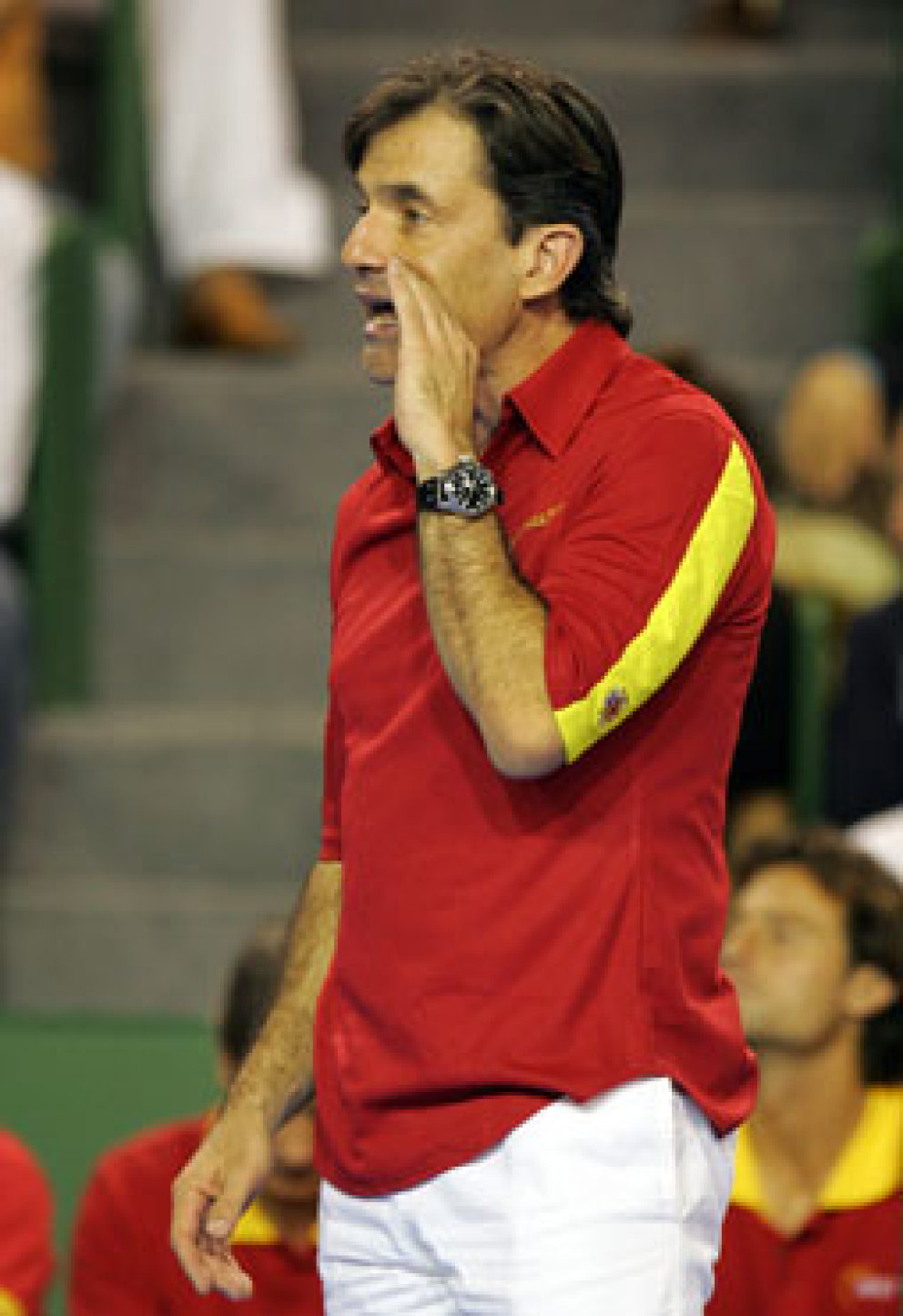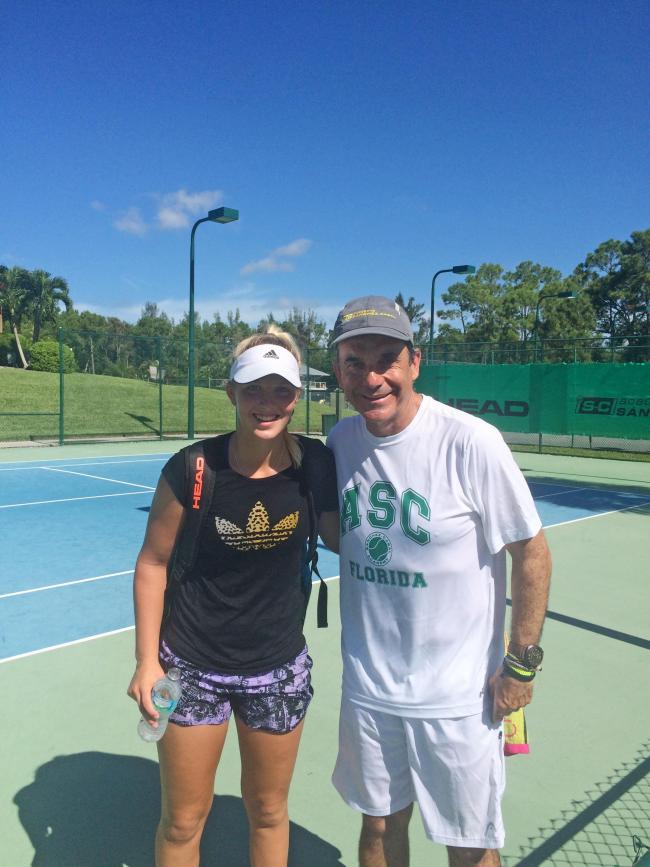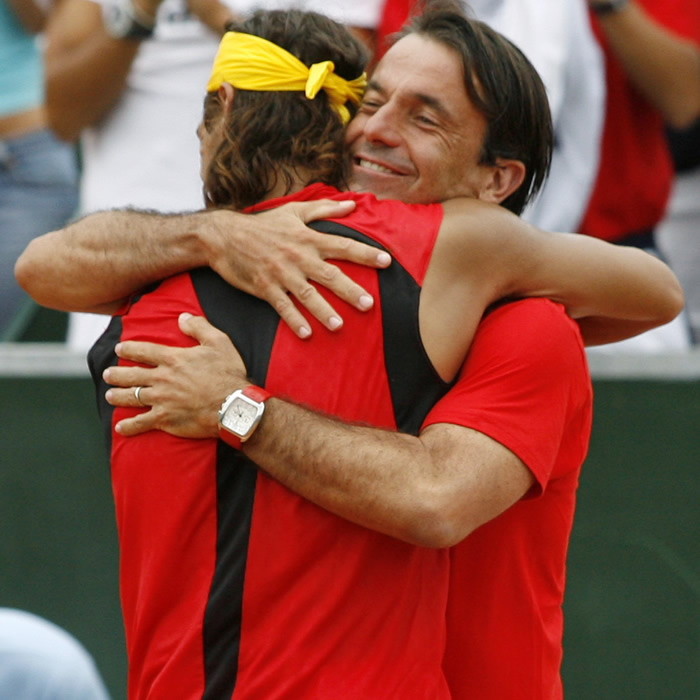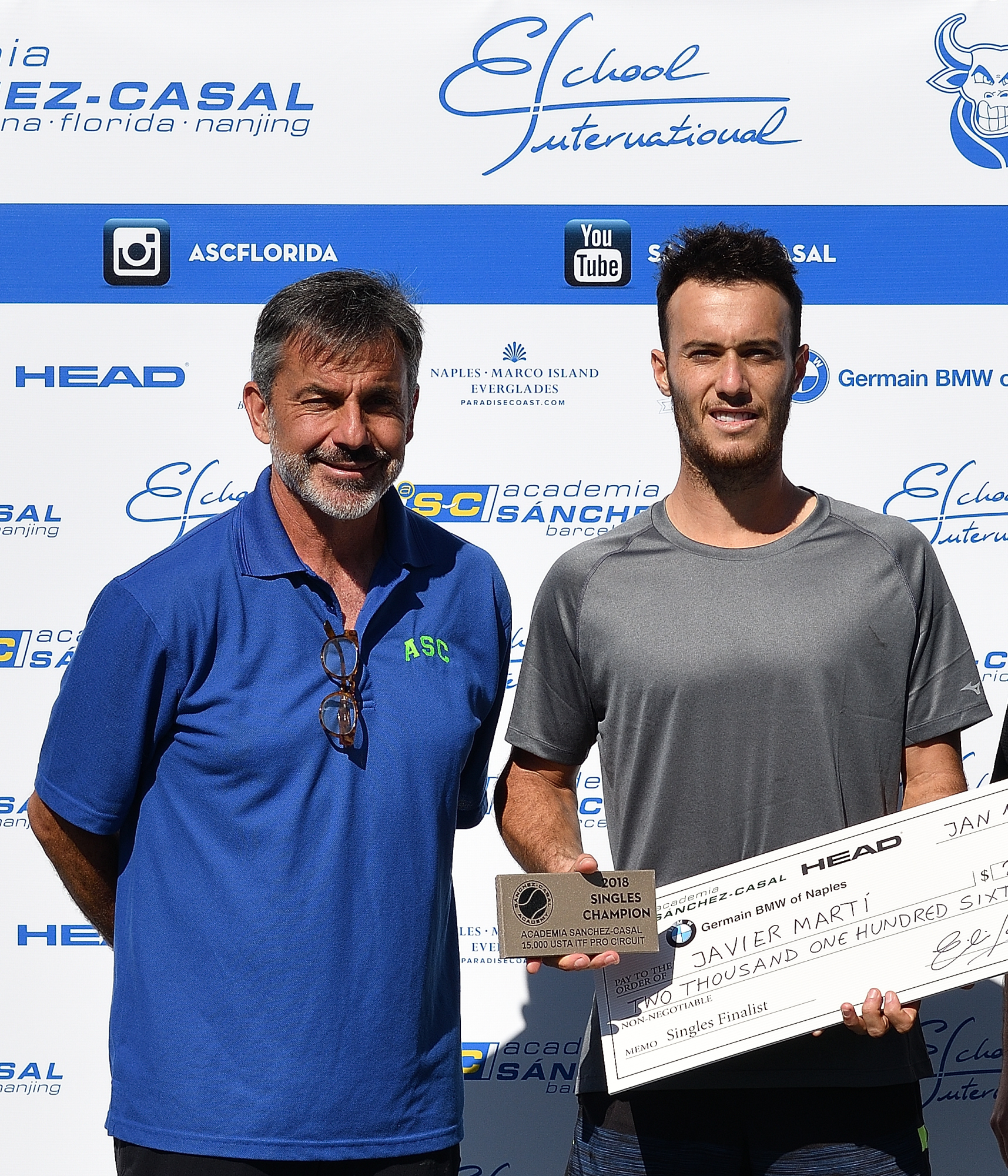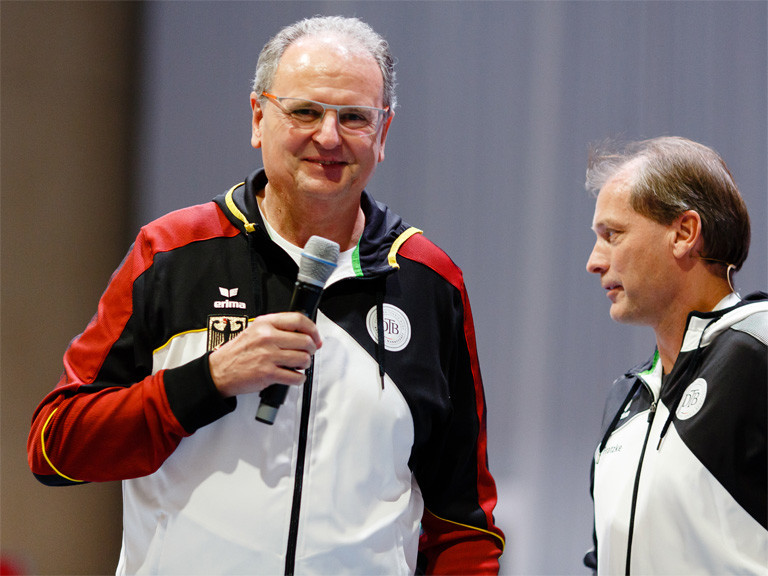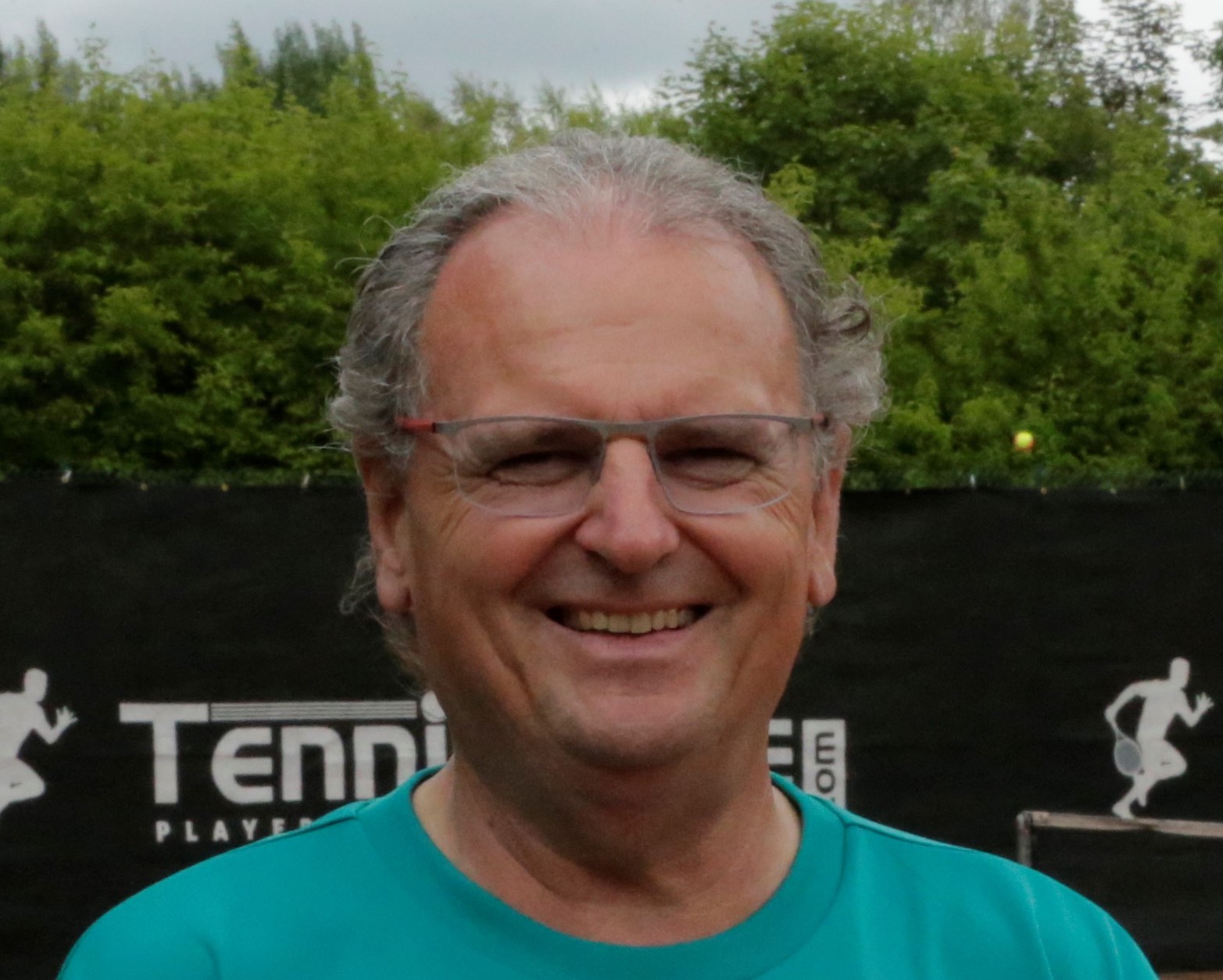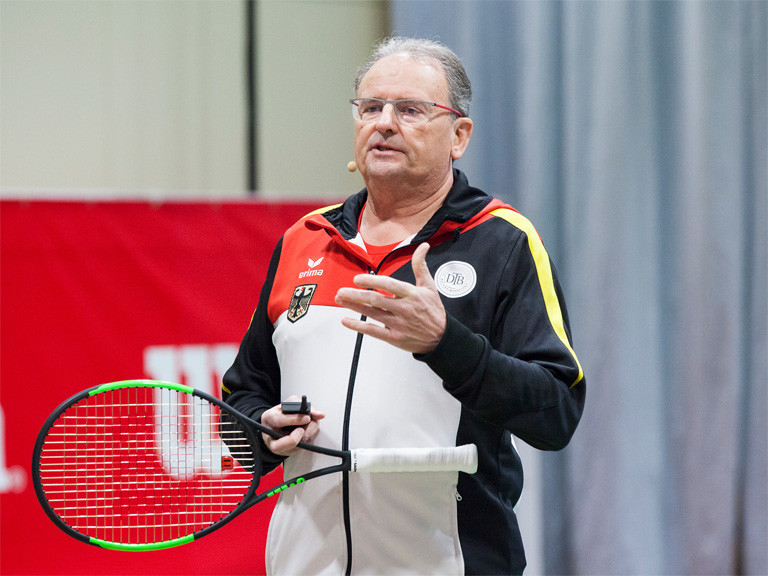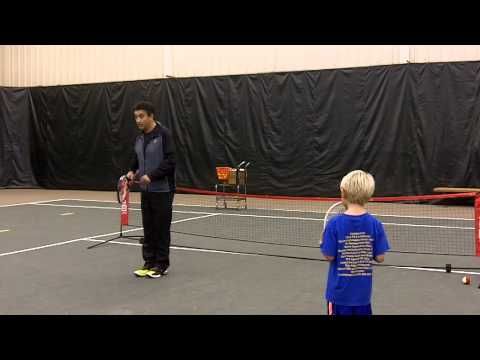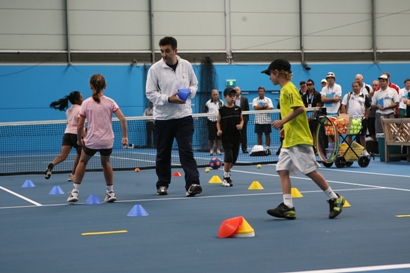We like the kids to be on time. If they are not there will be a consequence. After matches we like players to fill out a match evaluation, if they don’t do it there will be a consequence. On the other hand, for the players who always do it there will be a reward. It’s important to recognize the role models.
If a player is always late, that is a habit.
How do we change the habit?
We need to motivate them to create the habit to arrive on time. To do the warmup on time. To do the racquets. There are so many small situations in the life of a tennis player where we need to help them develop great habits.
We try to convince the players as we don’t want to punish them too much. There always has to be consequences for what is important for them. You compete how you train.
Daily the coaches vote on how well the player have done on each of the values on a scale from 1-5. At the end of the month the players who have done the best on the values gets little stickers. Besides that, there will be one off rewards for players that coaches see is making a great effort. They come into practice even though they didn’t need to e.g. after a tournament. Those are the players that improve even though they are not playing that well.
When we are working with kids, we need to remember that it’s difficult for them because they don’t always see immediate results. They don’t have the patience for the development to take place over e.g.10 years. They don’t understand that doing some of these small actions day in and day out is going to create a habit for them that will help them incredibly much in the rest of their lives.
An example could be that we had a player that later on became an environmentalist. He ran from New York to Los Angeles in 6 months, every day was doing almost a marathon. He was stopping in every city trying to make the people aware about the environmental problem with plastic and so on. When he is interviewed, everything he talks about is the mindset of a tennis player.
There is an article in The New York Times on the Financial Times that the top 1000 traders in Wall Street there are 500 of them that played tennis in college. It might have something to do with trading and dealing with losing points. Continuing when you have setbacks and keeping up the effort even on the bad days. The mindset of a tennis player is good for those situations.
There are many stories like this and what is important to understand and take advantage from is the effort and the things that you’re going to get through this process of trying to become a good tennis player, even if you don’t make it, you’re always going to have this way of living of the tennis player. You can be devasted and frustrated that you didn’t make it as a tennis player, but you gain so much more compared to your friends who will not have the same mentality.
